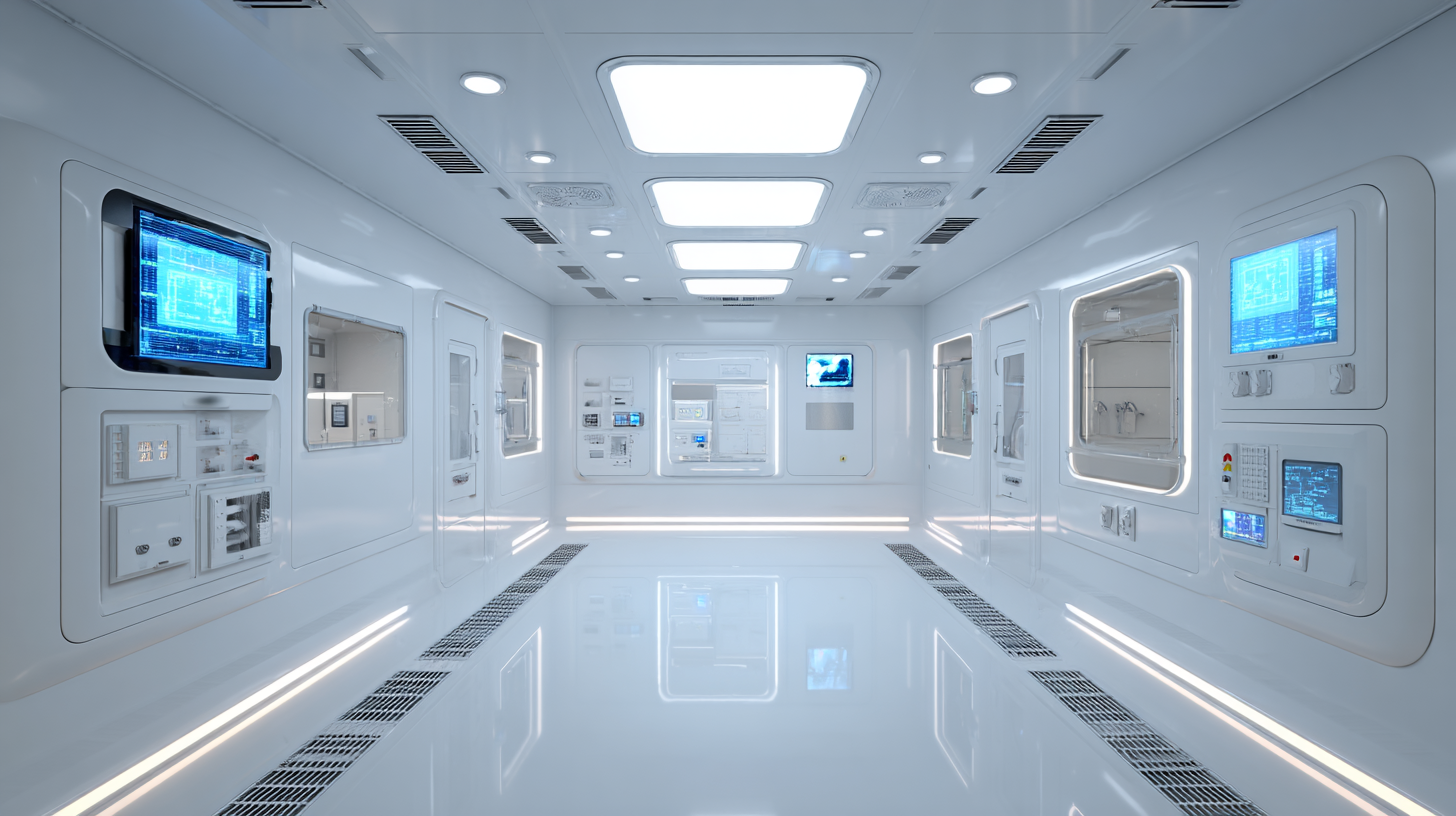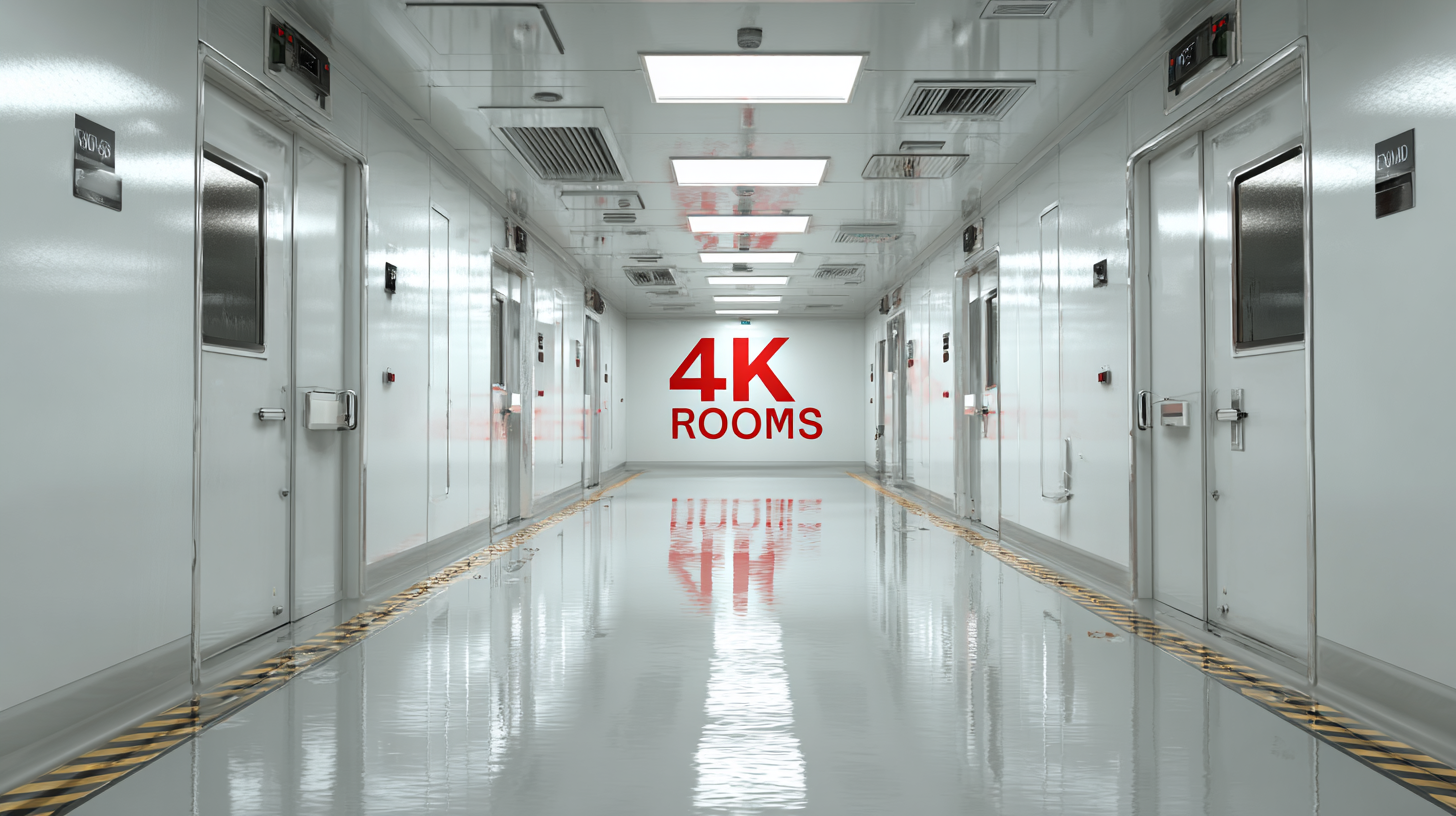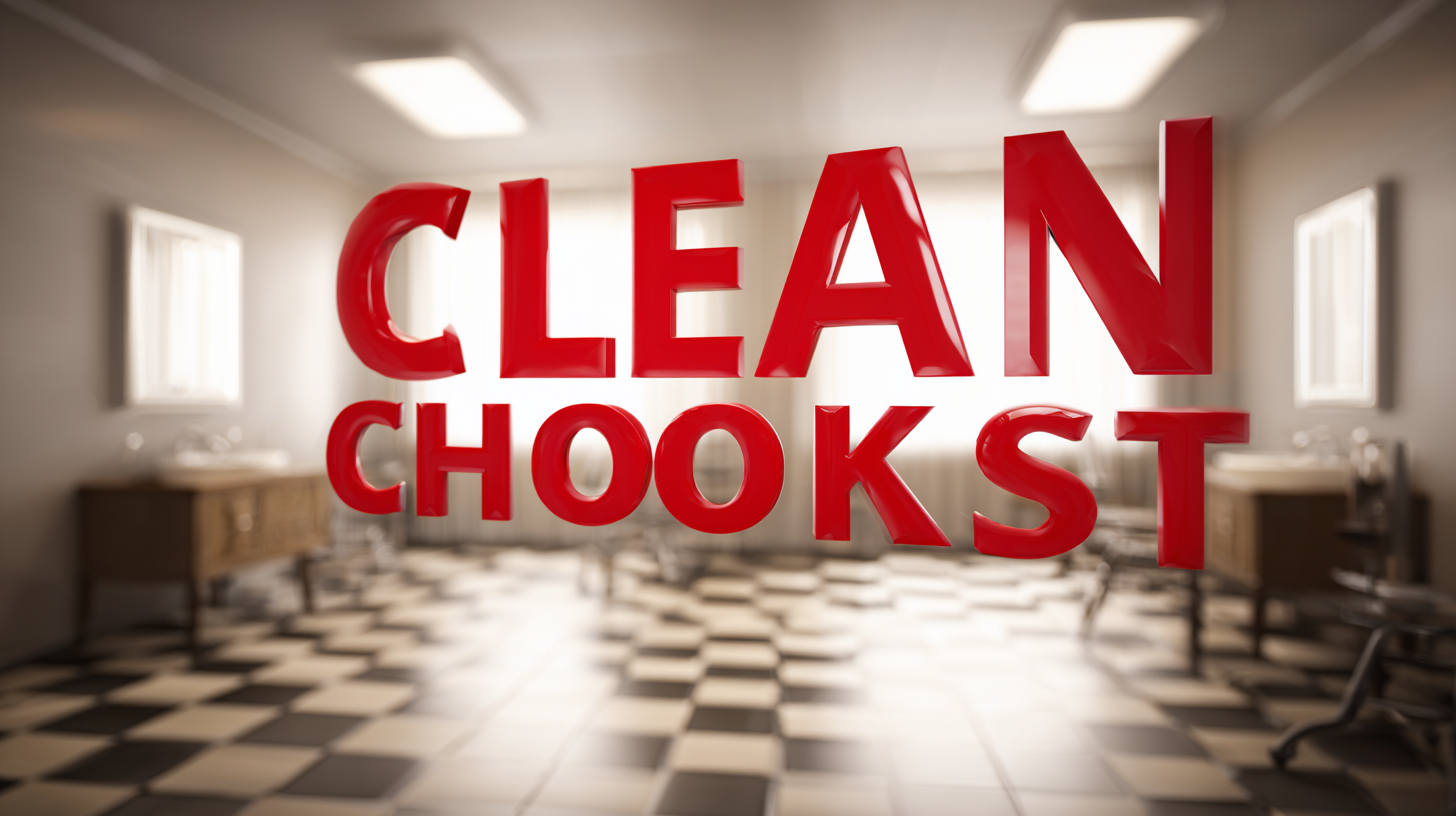
Essential Checklist for Sourcing the Best Clean Rooms: Key Factors to Consider
Clean rooms are critical environments in various industries, from pharmaceuticals to semiconductor manufacturing, where even the slightest contamination can compromise product integrity. According to a report by MarketsandMarkets, the global cleanroom technology market is projected to reach USD 4.99 billion by 2025, growing at a CAGR of 4.1% from 2020. This rapid growth underscores the increasing importance of maintaining stringent cleanliness standards, driving companies to source the best clean rooms equipped with advanced technology and robust protocols.

When considering the right clean room, factors such as classification standards, airflow patterns, and materials used in construction must be evaluated meticulously. This essential checklist will guide you through the key considerations needed to ensure that your clean room meets the demanding requirements of your industry, thus safeguarding your products and enhancing operational efficiency.
Key Characteristics of Clean Rooms: Understanding Classifications and Standards
When sourcing the best clean rooms, understanding the various classifications and standards is crucial. Clean rooms are categorized based on the level of cleanliness they can maintain, which is measured by the number and size of particles allowable per cubic meter of air. The most common standards used globally include ISO 14644-1, which categorizes clean rooms into classes ranging from ISO Class 1 (the cleanest) to ISO Class 9. Each class serves different industries and applications, from semiconductor manufacturing to pharmaceutical production, requiring specific environmental control.

Beyond classifications, it is important to consider the associated standards that ensure an effective clean room operation. For instance, the compliance with Good Manufacturing Practices (GMP) is essential in regulated industries. This includes protocols for personnel training, equipment maintenance, and air filtration systems. Furthermore, environmental controls such as temperature, humidity, and airflow must be meticulously managed to prevent contamination. Understanding these key characteristics not only aids in selecting the appropriate clean room but also ensures adherence to industry regulations, optimizing operational efficiency and product integrity.
Critical Technical Specifications: Airflow, Filtration Efficiency, and Temperature Control
When sourcing the best clean rooms, pivotal technical specifications must be prioritized to ensure optimal functionality. Airflow is one of the most critical factors. It directly influences the cleanliness and sterility of the environment. Effective airflow design balances the velocity and direction of air, preventing the accumulation of particulate contamination. Properly designed airflow should facilitate a steady flow of clean air across the work area while minimizing dead zones where contaminants can linger.
Filtration efficiency also plays a crucial role in maintaining clean room standards. High-efficiency particulate air (HEPA) filters are vital in trapping airborne particles, ensuring that the cleanliness levels meet regulatory requirements. Investing in advanced filtration systems not only prolongs the lifespan of the clean room but also enhances the overall quality of the air, safeguarding both products and personnel.
Temperature control is equally indispensable in clean room environments. Maintaining a stable temperature not only protects sensitive materials but also optimizes the performance of equipment used in the clean room. Precision in temperature regulation helps prevent condensation and other moisture-related issues that can compromise air quality. By prioritizing these technical specifications—airflow, filtration efficiency, and temperature control—organizations can create an effective clean room environment tailored to their specific needs.
Evaluating Clean Room Design: Layout Considerations for Optimal Efficiency
When evaluating clean room design, layout considerations play a critical role in achieving optimal efficiency. According to industry reports, the effective use of space within clean rooms can lead to a 20-30% increase in operational productivity. This can be attributed to minimizing unnecessary movement and streamlining processes, which is essential in high-stakes environments such as pharmaceuticals and biotech.
Incorporating a modular design can further enhance the functionality of clean rooms. Modular clean rooms allow for flexible configurations that can adapt to changing needs, ensuring that the space remains efficient as projects evolve. Research indicates that modular designs can reduce construction timelines by up to 50%, enabling organizations to respond quickly to market demands. Furthermore, optimizing air flow and maintaining specific pressure differentials are crucial design elements critical for maintaining the necessary environmental controls in these specialized spaces.
Ultimately, the integration of strategic layout and modular designs in clean rooms not only contributes to compliance with strict regulatory standards but also fosters a productive work atmosphere. These foundational elements ensure that clean rooms meet both current operational requirements and future scalability needs.
Essential Checklist for Sourcing the Best Clean Rooms: Key Factors to Consider - Evaluating Clean Room Design: Layout Considerations for Optimal Efficiency
| Factor | Description | Importance Level |
|---|---|---|
| Air Filtration | Quality of air filtering systems to maintain cleanliness and prevent contamination. | High |
| Control Systems | Automated controls for monitoring and adjusting environment parameters. | High |
| Flooring Material | Choice of non-porous, easy to clean flooring material. | Medium |
| Room Layout | Design of the room to ensure efficient workflow and minimize contamination opportunities. | High |
| Lighting | Appropriate lighting that does not generate heat or contamination. | Medium |
| Access Control | Systems to monitor and control personnel access to maintain cleanliness standards. | High |
| Furniture and Equipment | Selection of cleanroom-compatible furniture and equipment, which can be easily sanitized. | Medium |
| Material Flow | Designated paths for materials to minimize cross-contamination and enhance efficiency. | High |
Selecting the Right Materials: Durable Surfaces and Contaminant Resistance
When sourcing clean rooms, one of the primary considerations is the selection of materials that not only provide durability but also ensure resistance to contaminants. According to a report by the International Standards Organization (ISO), clean room surfaces must withstand rigorous cleaning processes and possess low absorption rates to minimize particle retention. For instance, surfaces made of high-density polyethylene (HDPE) or stainless steel are widely recognized for their robust performance in controlled environments, offering both longevity and the ability to maintain cleanliness.
Additionally, a study published in the Journal of Contamination Control highlighted that materials with smooth finishes reduce the propensity for microbial growth, significantly lowering the risk of contamination during critical processes. Options such as epoxy flooring and specialized wall coatings have been shown to provide a seamless, easy-to-clean surface. In environments where even the smallest contaminant can lead to significant operational setbacks, selecting the right surfaces becomes paramount; failure to do so could result in unwanted downtime or increased operational costs, potentially reaching as high as 20% in some industries. Therefore, prioritizing durable and contaminant-resistant materials is essential for maintaining the integrity and efficiency of clean room operations.
Cost Analysis for Clean Room Installation: Budgeting for Long-term Needs and Compliance
When planning for clean room installation, a thorough cost analysis is crucial to ensure alignment with both immediate and long-term needs. The initial investment can be significant, but understanding the total cost of ownership—including maintenance, operational efficiency, and compliance requirements—can help organizations budget effectively. Identifying the specific class of clean room needed is essential, as different standards entail varying costs and equipment needs. Factors such as airflow systems, filtration, and infrastructure will directly influence the overall expenditure.
Additionally, compliance with industry regulations demands careful consideration. Investing in high-quality materials and systems that meet stringent standards can prevent costly retrofits or compliance fines in the future. It’s important to conduct a detailed forecast of potential expenses over the clean room's lifespan, including regular maintenance and upgrades to technology as regulatory standards evolve. By estimating these long-term costs upfront, organizations can not only safeguard their investments but also position themselves for streamlined operations and minimized risk in highly regulated environments.

